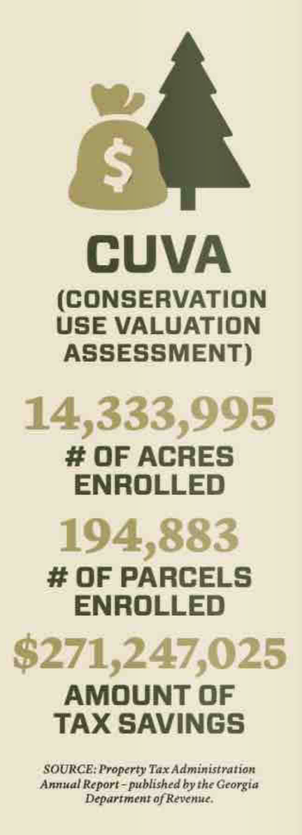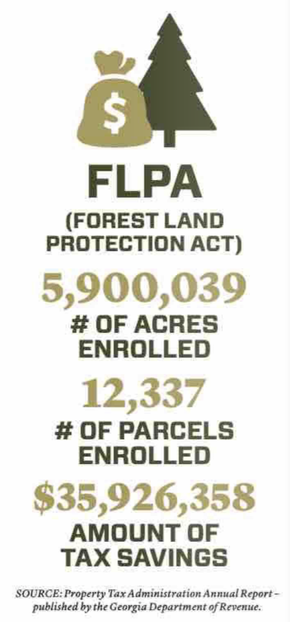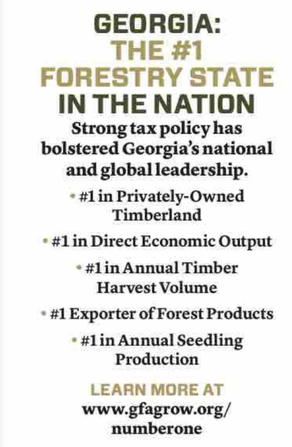A Steadfast Commitment
Legislative Support Continues for Landowners and Forestry
By John Casey
Summer 2023
Summer 2023



|
Georgia Forestry Magazine is published by HL Strategy, an integrated marketing and communications firm focused on our nation's biggest challenges and opportunities. Learn more at hlstrategy.com
|
